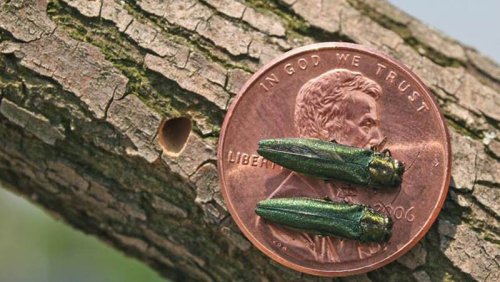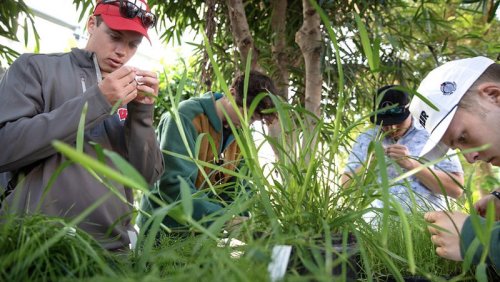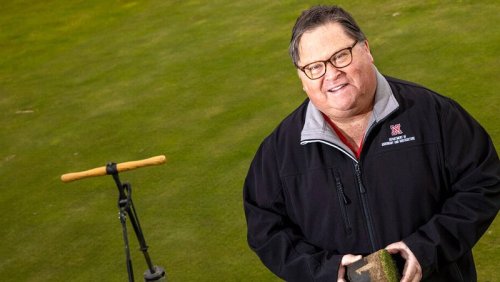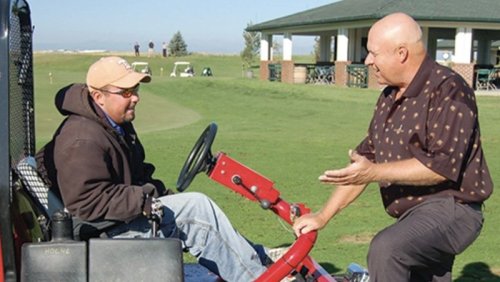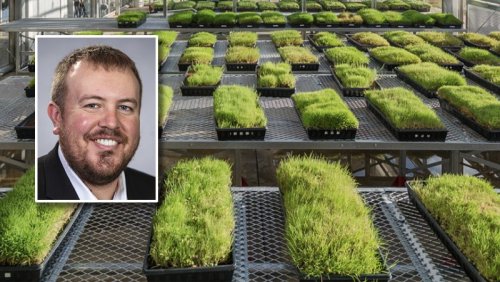
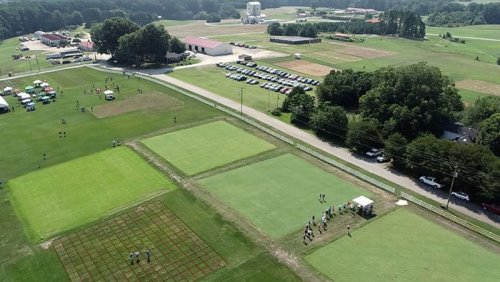
The Carolinas GCSA announced the grants during a recent conference at Pinehurst Resort.
Money to fund the grants was raised in the annual Rounds 4 Research online auction where golfers buy tee times donated by golf facilities. Since creating the auction in 2008, the Carolinas GCSA has funded more than $850,000 in turfgrass research at Clemson and North Carolina State universities.
"This money once again demonstrates that golf course superintendents want to be the best stewards we can possibly be, of the land we manage and of the resources we use in that work," said Daryl Ewing, the associations R4R chair and superintendent at Carolina Lakes Golf Club in Indian Land, South Carolina.
Rounds 4 Research developed by the Carolinas GCSA at a time when traditional funding for turfgrass research was shrinking. The initiative is now administered by the GCSAA.
Nearly $300,000 raised in the Rounds 4 Research program will help fund turfgrass research at North Carolina State University (above) and Clemson University. NCSU photo "At the time, we had some of the smartest minds at two of the leading turfgrass research institutions in the country in Clemson and NC State. Today, I am proud to say that we still do thanks in part to Rounds 4 Research," said Tim Kreger, the association's executive director. "Ultimately, the research this money pays for helps ensure the continued health of the Carolinas golf economy which is worth more than $7 billion annually."
In the latest round of grants, projects approved for funding of a total of $286,846 will focus on soil quality testing in putting greens and methods to mitigate the impact of the turf diseases dollar spot and mini ring. The largest grant of almost $130,000 will fund a two-year study related to the health of water bodies on golf courses.
One of the latest grant recipients is Jim Kerns, Ph.D., of North Carolina State University.
"It's one of the reasons the programs at NC State and at Clemson are so successful. Because it not only provides an additional source of funding but one that, importantly, supports research to its conclusion," Kerns said. "The Carolinas GCSA is funding research at the level of, or above, the USGA and GCSAA."
Last year, the Carolinas GCSA generated almost 350 items that went for as little as $40 for a foursome to as much as $10,000.
Said Kreger: "That only happens because superintendents at all those clubs and courses are making it happen."
- Read more...
- 1,170 views






